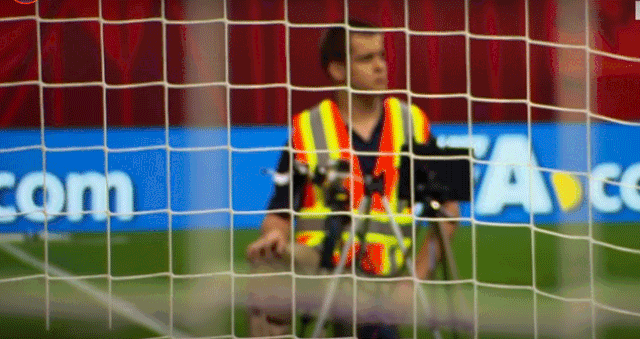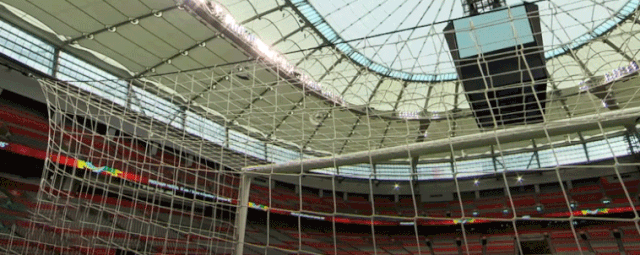This time in the World Cup football is a surprise of technology!
Saudi Arabia created one of the biggest upsets in World Cup history by defeating Argentina 2-1 at the Lusail Iconic Stadium in Qatar on November 22.

What would happen if Argentina won 4-2 against Saudi Arabia! It might have been possible, if semi-automated offside technology had not been used in this World Cup. Due to the careful analysis of this technique, three of Argentina's goals were disallowed by the offside rule.
It is not claimed that the subtlest offside match referees and assistant referees or linesmen would not have been caught by the naked eye. However, it is very difficult for referees and linesmen to make such accurate decisions in the shortest possible time. Semi-automated offside technology has made that task easier. This technology is being used for the first time in this World Cup. The new technology is called an improved version of Video Assistant Referee (VAR).
This year's World Cup sees multifaceted use of modern technology to make perfect decisions and avoid controversial offsides. Along with semi-automatic offside technology, goalline technology and VAR are also being used in this World Cup. The World Cup's official ball 'Al-Rihla' uses powerful sensors. Every World Cup sees new technology. This time is no exception. Let's take a look at the technologies of World Cup 2022.
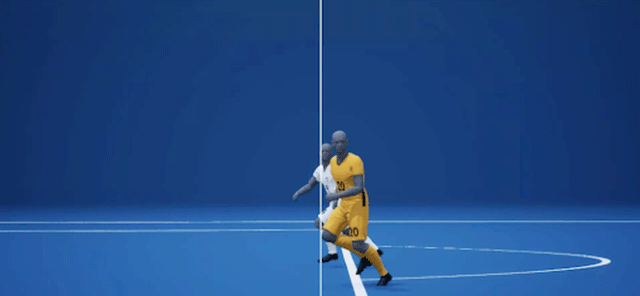
Semi-automated offside
FIFA trialled semi-automatic offside technology at the Arab Cup and Club World Cup last year. However, this is the first time in the World Cup. In this technology, video match officials automatically receive offside information. After that a decision was made after discussing with the field referee. However, since the referee makes the final decision, this technology is called a 'semi-automated' system.
For this modern technology, multiple cameras and special sensors have been used in the field. A total of 12 cameras are installed under the roof in each stadium of the World Cup. The cameras will basically monitor the movement of the ball on the field. Apart from this, the technology also identifies the position of 29 places of the players' body through the camera and creates their three-dimensional shape, which will confirm the position of the player with the ball. After analyzing these, the referee made the final decision. After the final decision, the artificial intelligence technology presents the moment of the incident to the spectators on the big screen of the field through three-dimensional animation.
Again, this technology will provide 50 pieces of information about each player's physical location every second. This will ensure the correct position of the ball and the player.
Let's go back to the match between Argentina and Saudi Arabia to see the proof of the effectiveness of this technology. Messi's team made seven offsides in the first half of that match. It is said that so many offsides in the first half have never been seen before. Argentina striker Lautaro Martinez's two goals in that match were disallowed for offside. In one of these, part of Martinez's left hand went into the offside zone. Immediately it caught on to semi-automated technology. The goal was canceled by this.
Discussions about this state-of-the-art technology have been created since the first match of the World Cup. The first goal of the match between hosts Qatar and Ecuador was disallowed by the offside rule. Many football fans were surprised by this. Various controversies were also created on social media. Many netizens claim that so much hair-raising analysis is ruining the natural rhythm of the game. However, FIFA does not want to have any controversy about offside. Therefore, FIFA had officially announced the decision to use this technology long ago.
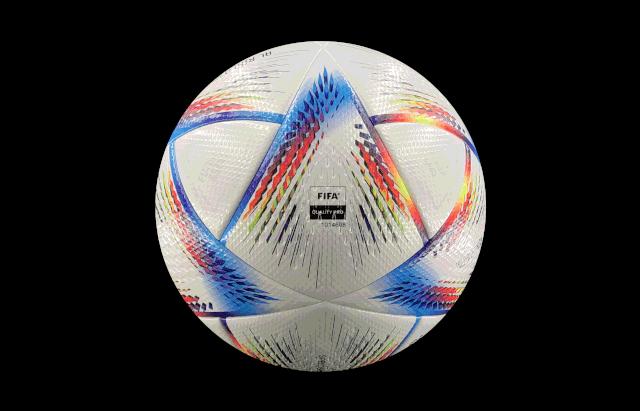
Sensor inside the ball
The official ball of the World Cup is called 'Al-Rihla'. It means 'journey' in Bengali. The ball is named after the book Al Rihla about Ibn Battuta's travel and life stories. As always, sportswear manufacturer Adidas has produced the World Cup ball. Apart from the design, FIFA has not made any concessions on the technical side as well.
Inertial Measurement Unit (IMI) sensor is placed inside this ball. Offsides of a very short distance or offsides that are not detected by the naked eye are detected by this sensor. The sensor information immediately reaches the video assistant referee.
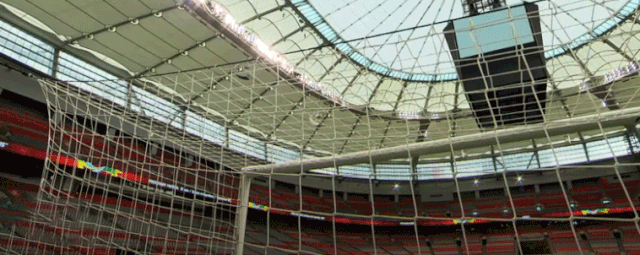
oalline technology
Since 2014, goal line technology has been used in the game. This trend continues in this year's World Cup. This technology is used to instantly confirm whether the ball has crossed the designated goal post line or not.
14 high-powered cameras are used on the field for goal-line technology. The cameras used in the semi-automated offside technology have nothing to do with the goalline technology cameras.
Goalline technology cameras work independently. When the ball crosses the designated line of the goal post, the information is sent to the smart watch of the match officials through this technology. The field referee can give a quick decision. At the same time, the information obtained from the camera is immediately shown through three-dimensional animation on the big screen of the field and the television audience.
